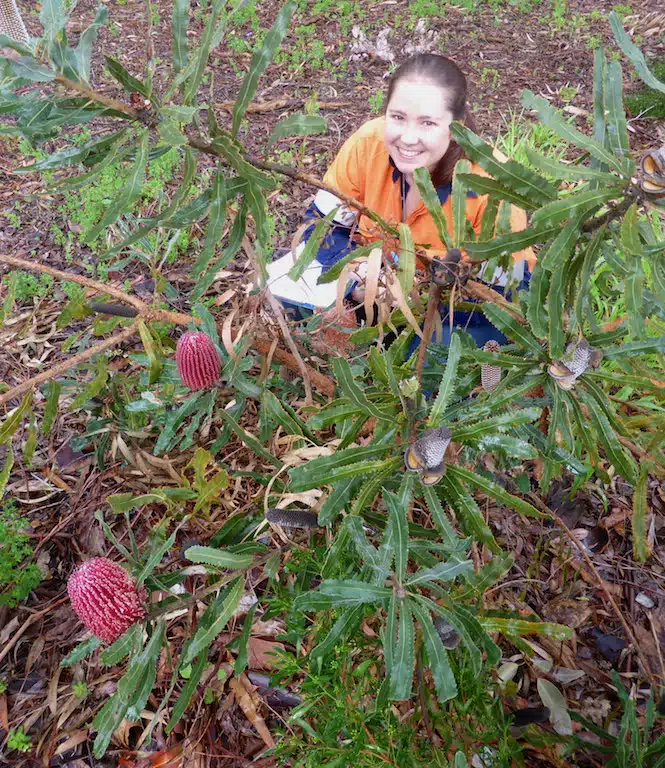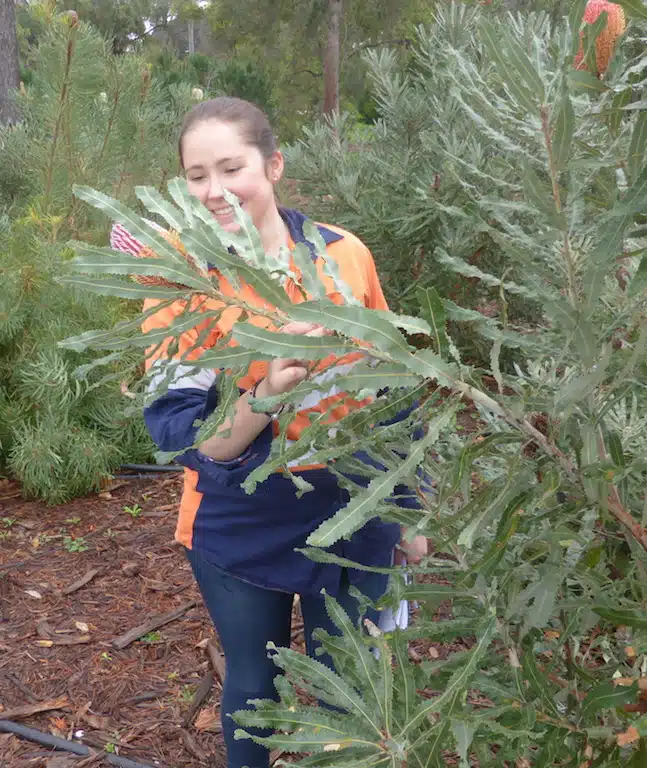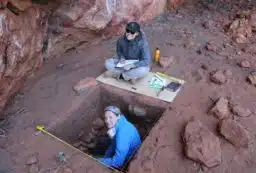A Perth researcher is using CSI-style paternity testing in the lab to track pollen and measure how much the urban sprawl is affecting plants ability to reproduce.
Perth’s famous urban sprawl is causing trouble for trees and plants that depend on birds and other animals to spread their pollen.
“In this part of Australia, more than 80 per cent of plant species depend on animals like honeyeaters and pygmy possums, rather than the wind, to move their pollen so they can reproduce,” says Curtin University researcher Alison Ritchie.
Alison has tracked pollen carried by birds across city suburbs – a process she describes as being like a detective conducting a CSI-style paternity test in the lab.
“Residents can help counter the adverse effects of urban sprawl by encouraging birds to move into their gardens and streets, through growing native plant species,” she says.
The ecologist collected seeds and leaves from banksia trees and used genetic testing to determine the mother and father of individual seeds, so she can find out how far birds are moving pollen between plant populations.
These bird and animal pollinators are vital for connecting the last remaining fragments of the city’s remnant bushland. “Perth has the highest proportion of animal pollination in the world,” says Alison.
But with Perth’s urban sprawl stretching the city limits more than 120km, Alison wanted to find out if plants could breed between different patches of remnant bushland.
She was able to track pollen moving through the landscape, and discovered that honeyeaters were able to collect pollen from one patch of remnant bushland and leave it on plants up to 2km away.
In some cases, birds moved pollen from remnant bushland into newly created Hanson Quarry restoration sites.
And while it is unclear what the maximum distance for pollination is, Alison believes everyone can help by growing native plants in their gardens and providing stepping stones for pollination in the suburbs.
Contact: Alison Ritchie, Curtin University, alison.ritchie@curtin.edu.au

Alison Ritchie undertaking ieldwork on Banksia menziesii





 Fresh Science is on hold for 2022. We will be back in 2023.
Fresh Science is on hold for 2022. We will be back in 2023.